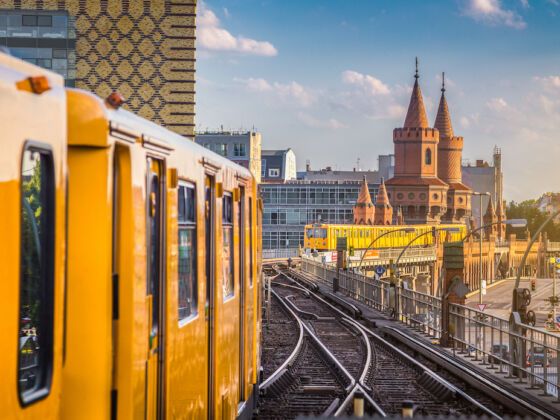1. Berlin is poor but sexy!
“Berlin ist arm aber sexy” comes, of course, from Berlin’s mayor Klaus Wowereit. It became the slogan of the 2009 tourism campaign, after it was used in his 2006 campaign for mayor, and is now visible on everything from the sides of buildings to hip tote bags.
